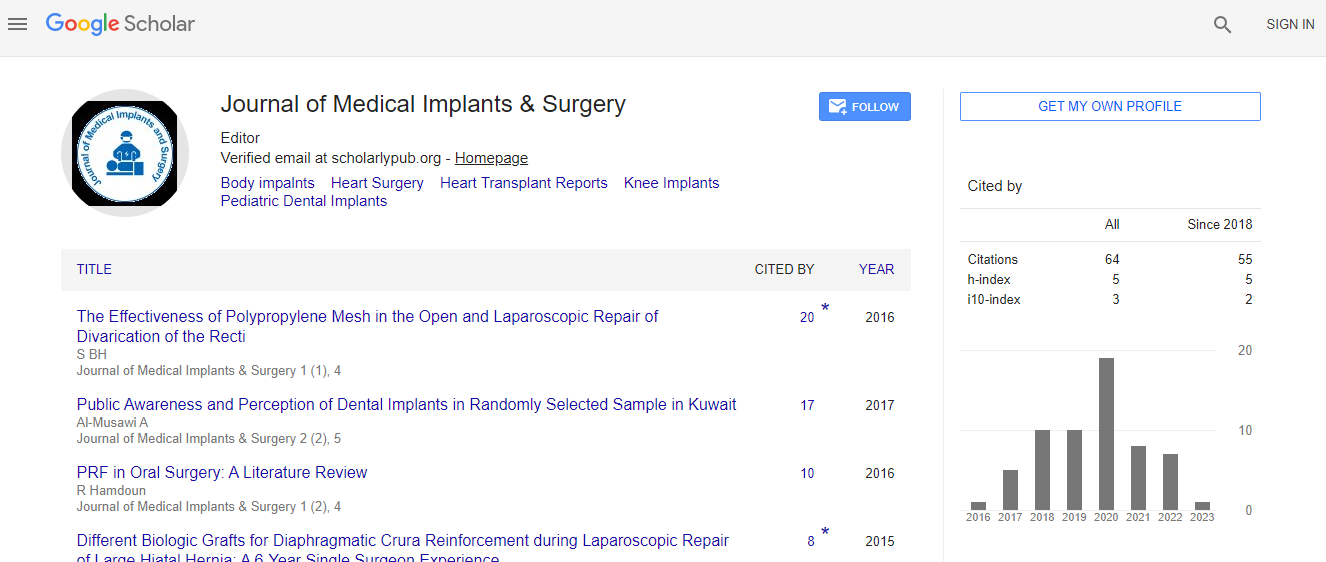Rupture from cavernous internal carotid artery pseudoaneurysm 11 years after transsphenoidal surgery
*Corresponding Author:
Copyright: © 2020 . This is an open-access article distributed under the terms of the Creative Commons Attribution License, which permits unrestricted use, distribution, and reproduction in any medium, provided the original author and source are credited.
Abstract
Carotid artery pseudoaneurysm is a rare complication
of transsphenoidal surgery, usually diagnosed within
90 days post procedure. Pseudoaneurysm rupture may
present with severe epistaxis or carotid cavernous fistula
(CCF) with significant morbidity and mortality. We present
a case of epistaxis from pseudoaneurysm rupture over
a decade after transsphenoidal surgery. The pseudoaneurysm
was treated with staged balloon-assisted coiling,
endonasal mucosal flap repair and interval flow-diverting
stent insertion. This case illustrates that pseudoaneurysms
develop and rupture regardless of postoperative
time course after transsphenoidal surgery, and the treatment
complexities involving combined endovascular and
endonasal techniques.

 Spanish
Spanish  Chinese
Chinese  Russian
Russian  German
German  French
French  Japanese
Japanese  Portuguese
Portuguese  Hindi
Hindi 